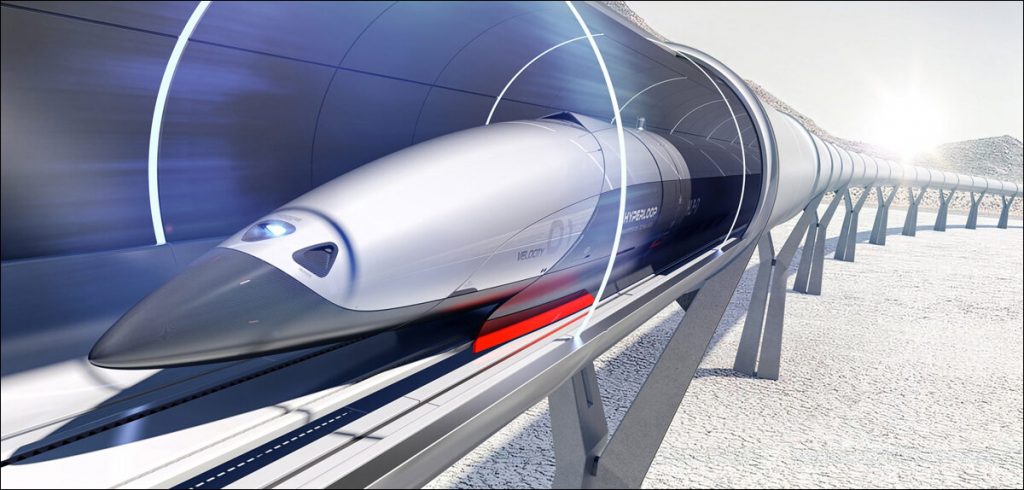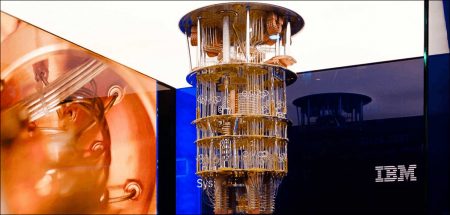A 500-metre testing unit for hyperloop pod prototype, developed by students of IIT Madras, is one of the models chosen by Musk’s SpaceX.
IIT Madras has become the centre for hyperloop development in India, sparking a discussion about when the futuristic travel mode will be available in the country. A 500-metre testing unit for the hyperloop pod prototype, which was developed by IIT Madras students, has been funded by L&T Technology Services. The design aims to reach speeds of up to 1,200 kilometres per hour, and it was one of the models chosen by Elon Musk’s SpaceX organisation.
History:
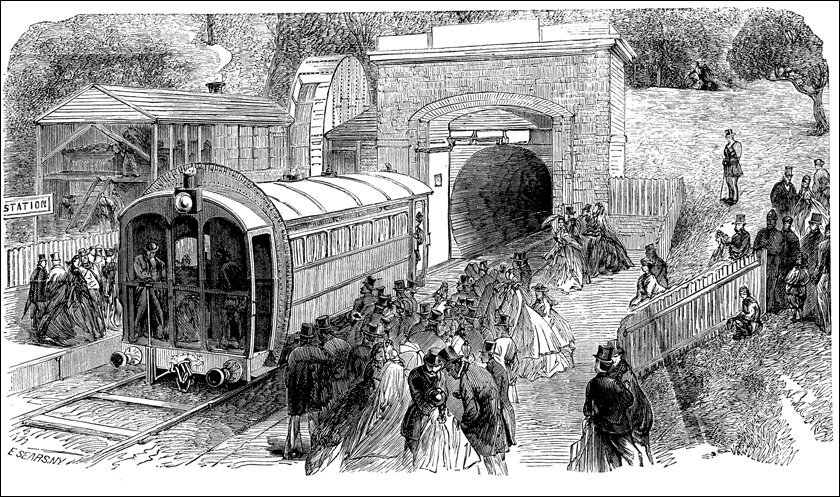
Trains were the first mode of transportation to use rails, followed closely by trams powered by electricity. In the 18th century, British inventor George Medhurst envisioned a faster mode of transportation and patented a hyperloop system that used compressed air to propel objects through a network of iron pipes. Medhurst was one of the first people to come up with a prototype of a hyperloop. He pioneered the use of compressed air as a means of propulsion and filed a patent for a system that could transport goods through a network of iron pipes in 1799.
Then came along, the atmospheric railway, a train that uses air pressure to move. A big fan at one end of the track blows air into a tube, which creates a vacuum. The train has a piston that fits inside the tube, and the vacuum sucks the piston along. This system is pretty cool, but it’s not perfect. The fan uses a lot of energy, and the vacuum can be dangerous if it breaks. So, atmospheric railways aren’t used very often. But there is one modern example: the Porto Alegre Metro airport connection in Brazil.
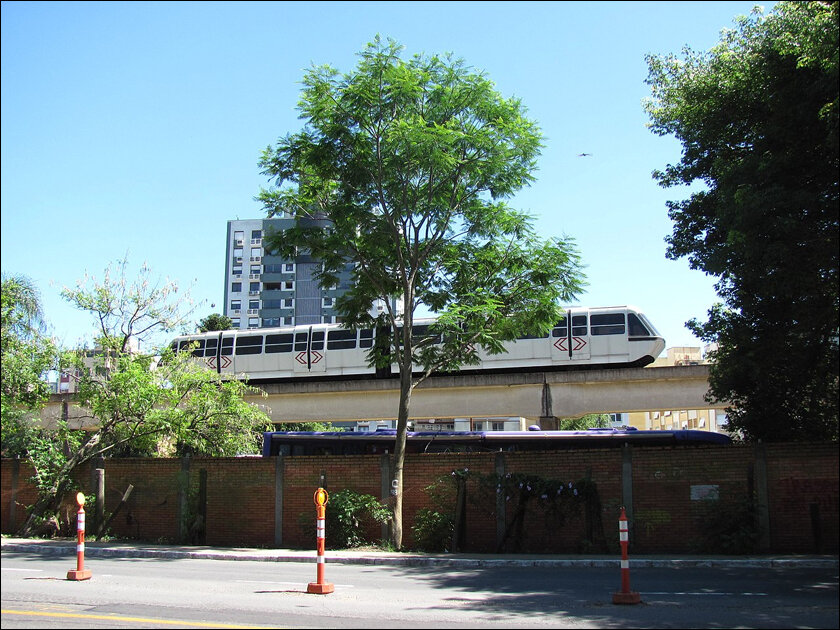
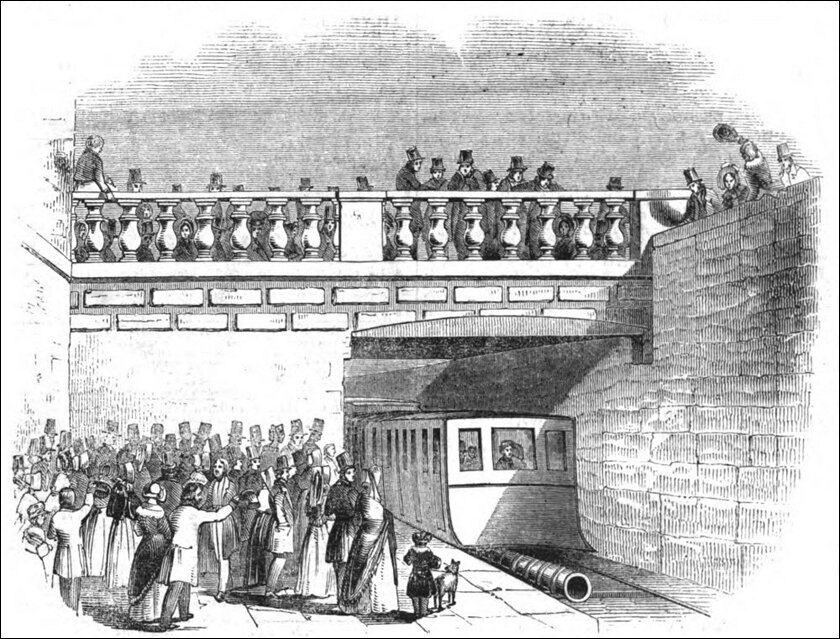
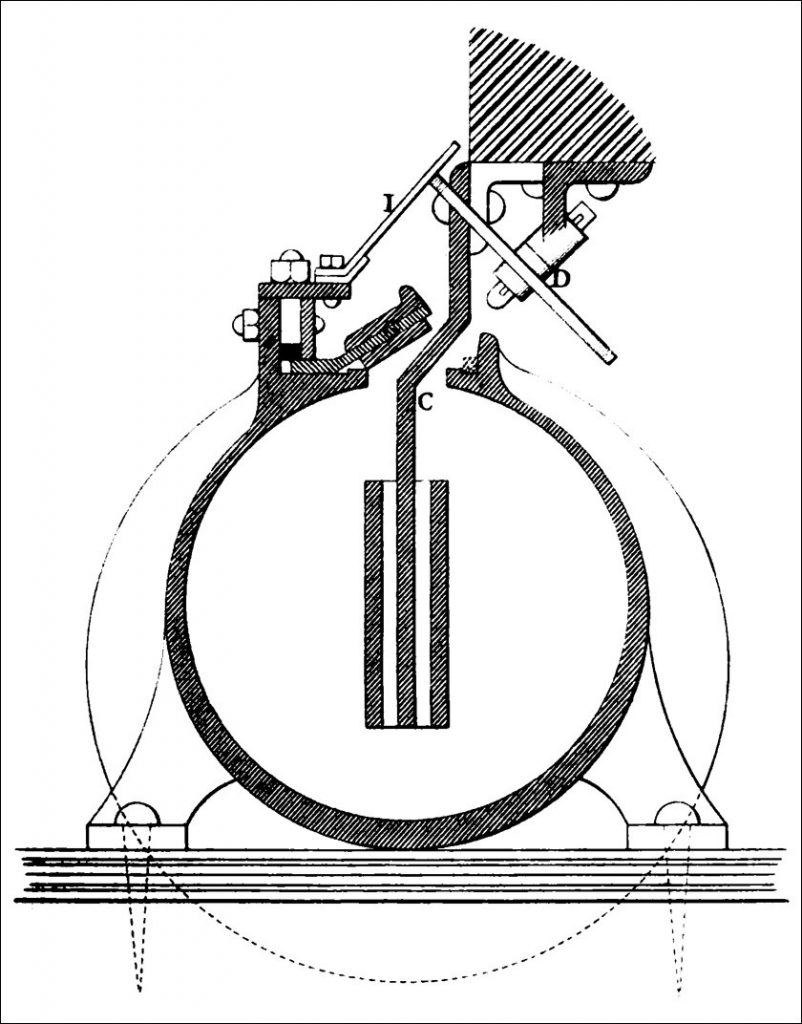
It wasn’t until 2013 that the term ‘hyperloop’ caught on, thanks to Tesla Founder Elon Musk.
There has been a lot of hype about the hyperloop, with several companies claiming that we would have a mass-scale hyperloop system by now. However, the dream of a hyperloop, a mega-fast transportation system, is still alive.
Hyperloop vs Maglev
Imagine flying through the Japanese countryside at breakneck speeds. Your train’s wheels don’t even touch the ground. You’re literally floating! This dreamlike experience will soon be a reality thanks to Japan’s famous Maglev bullet trains, the fastest trains in the world. The word maglev is actually a combination of the words “magnetic” and “levitation.” The magnetic levitation, or floating of the train, is achieved through the use of an electrodynamic suspension system, or popularly called EDS.
Japan is renowned for its Shinkansen bullet train network, which has been in operation since 1964. However, the world’s current fastest trains will be surpassed by the Maglev when it becomes available for commuter transportation in a few short years.
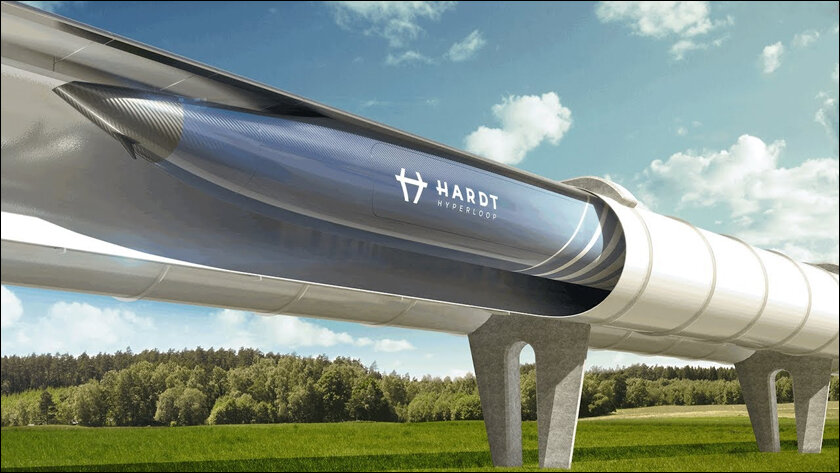
The Maglev train will travel at speeds of up to 600 kilometres per hour, which is faster than any other train in the world. This means that you could travel from Tokyo to Osaka in just 40 minutes! The Maglev train is also very safe and efficient. It uses magnetic levitation technology to float above the tracks, which means that there is no friction and the train can travel smoothly.
Japan Railway Company and the Railway Technical Research Institute beginning in the 1970s pioneered the principle of magnetic repulsion between the cars and the track. The rails, or guideways, contain two sets of cross connected metal coils wound into a “figure eight” pattern to form electromagnets. On the train itself are superconducting electromagnets, called bogies. When stopped, the train rests on rubber wheels. To begin motion, the train moves forward slowly on these wheels, allowing the magnets beneath the train to interact with those of the guideway.
Once the train reaches 150 kilometres per hour (93 miles per hour), the magnetic force is strong enough to lift the train 100 millimetres (4 inches) off the ground, eliminating friction to allow for increasingly high speeds.
The same magnetic forces that levitate the train also propel it forward and keep it centred within the guideway. This is the same technology used in Tesla’s Hyperloop, which makes the ride smooth and the train exceptionally safe. In Maglev bullet trains, the track continuously provides power to propel the train forward. However, the hyperloop pods do not require power from the track, which improves its energy efficiency and reduces the cost of travel.
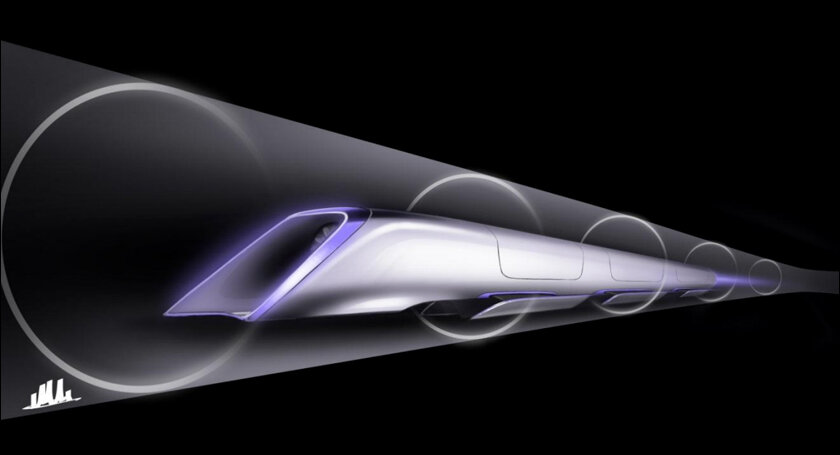
China joins the race
China has completed the first test runs of its hyperloop, a high-speed transportation system that uses magnetic levitation to propel pods through a vacuum tube. The pod travelled at 50km/h (31mph) during the test, which was conducted at a facility in China. The project aims to develop superconducting maglev trains that can carry passengers at speeds of 1,000km/h or more. The test runs are a significant step forward for China’s hyperloop project, and they could lead to the development of a new high-speed transportation system that could revolutionise travel.
Hype or Legit?
Since 2013, the projection by Elon Musk must have become a reality, but it hasn’t quite stacked up yet contrary to the claims by several firms. However, ‘HTT is one company in the space that has gained considerable traction, signing deals with multiple countries to test its technology. Rivals include Musk’s Boring Co., Virgin Hyperloop One and Canadian firm TransPod.’
“It doesn’t feel like we’re getting any closer,” lamented Jack Phillips, head of infrastructure and mechanical engineering advisor at Texas Guadaloop, which is developing Hyperloop technology. “Unfortunately, the sad reality … is that Hyperloop is not just an engineering problem (to be solved), it’s actually more so, in my opinion, a political and social perception challenge.”
Lorenzo Benedetti, R&D director at EuroTube Foundation, a nonprofit Swiss research organisation, has a different experience. His group has the backing of the government to build the Hyperloop. “EuroTube has been recognized by the Swiss government as a national facility of strategic importance,” Benedetti said. “They basically support us in developing this technology because they are realising that we are getting to a point of no return where (car and rail) traffic … is not manageable anymore and we need to introduce an innovation.” EuroTube is building a 3 km by 2.5 m test tunnel for 900 km/h trains, with industry support.
In Switzerland, the government owns the ground 30 metres below the surface and “they can do whatever they want” such as build Hyperloop tunnels, Benedetti said.
SXSW ’23: Whatever Happened to the Hyperloop?
Hype or not, it is required for innovation.
Future of Transport and Sustainability
India has a well-developed transportation system, with rail, metro, monorail, trams, and other options available. Currently, it takes about 4 hours to travel 160 kilometres from Mumbai to Pune by train, which involves multiple transfers. A trip by car can take up to 3 hours if there is light traffic. However, Virgin Hyperloop One plans to reduce the travel time to just 25 minutes within the next 10 years with the first full-scale commercial hyperloop system in the world. India transportation penetration can be found here.
India however is progressing on building the bullet train network by 2026, while hyperloop is about 7-8 years away.
The European Commission believes that Hyperloop, a revolutionary transportation technology, has the potential to transform transportation and support the EU’s strategy and action plan. These are part of the Green Deal. The key of the transportation will be in
- Having the potential to reduce travel times and costs.
- Being environmentally friendly.
- Reducing transportation-related greenhouse gas emissions by 90% by 2050.
- Ensuring that the EU has clean, fast, smart and accessible mobility systems for all.
With sustainability and speed on the table as an ever-green requirement, hyperloop and technologies will remain in discussion.
In case you missed:
- Auto Drive- Will It Ever Be a Reality?
- Analysing Apple’s USB-C shift
- Are feeds feeding us?
- Identifying Human vs. AI Output, Hacks to Beat the Test
- Diabetes – Pricking problem no more
- The nerve verve: The future is Neuralink!
- Virtual Assistants: A little big thing
- Looming Shadow of Assimilation and Intelligence
- Geriatric Technology: How science makes old age comfortable
- Wearable frenzy – Fit or Fad?



